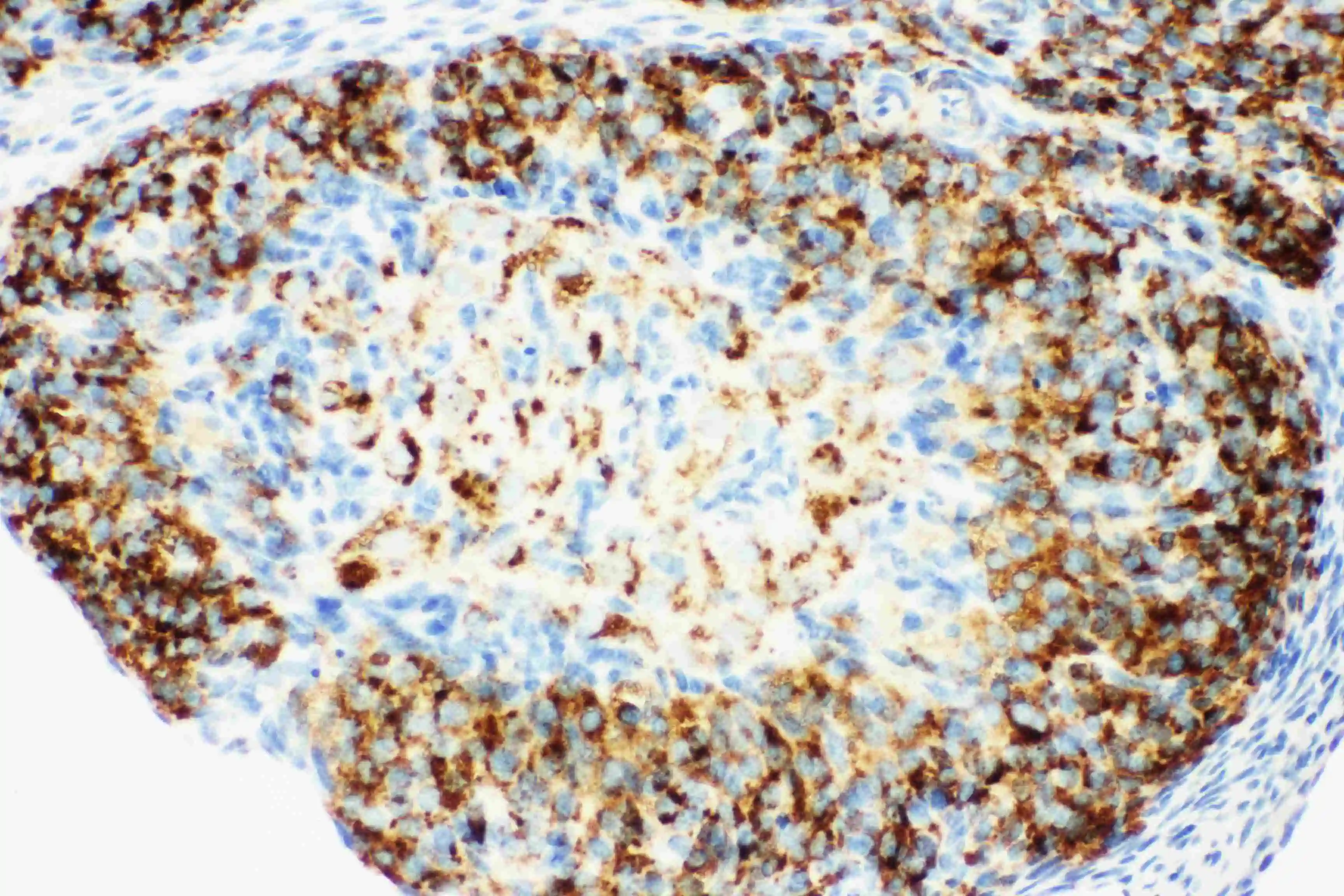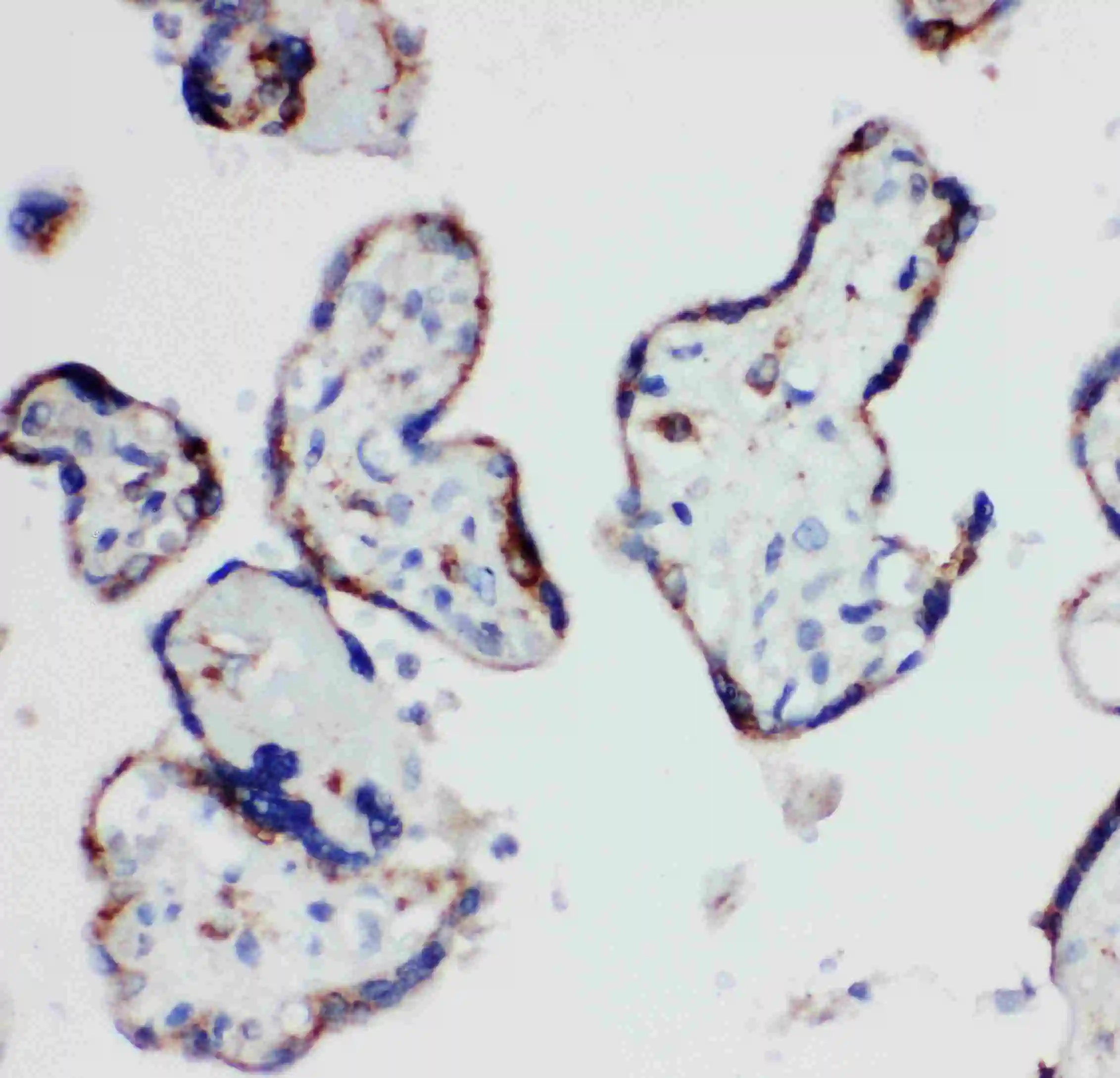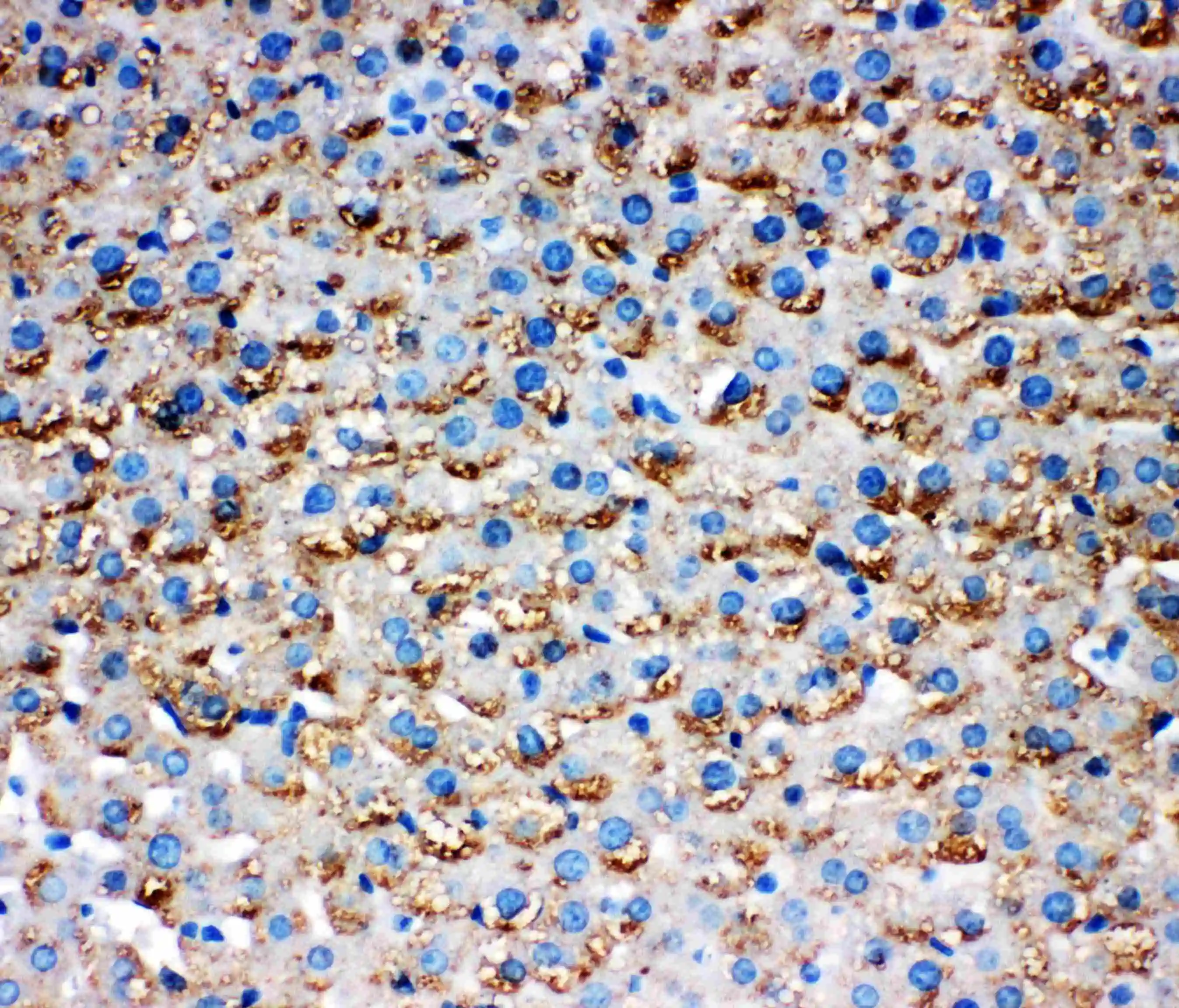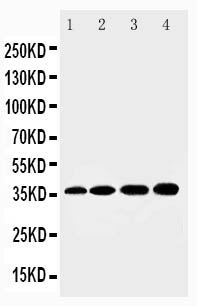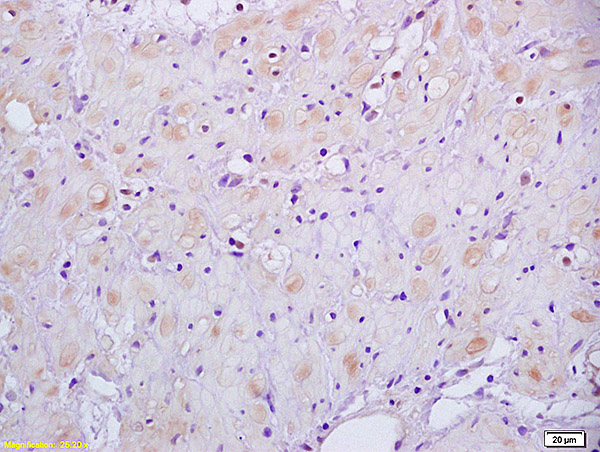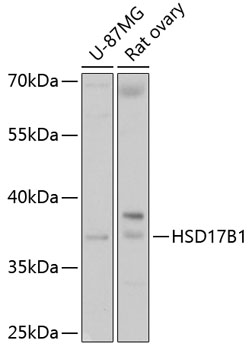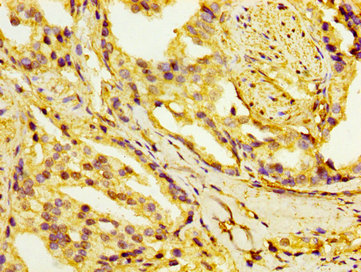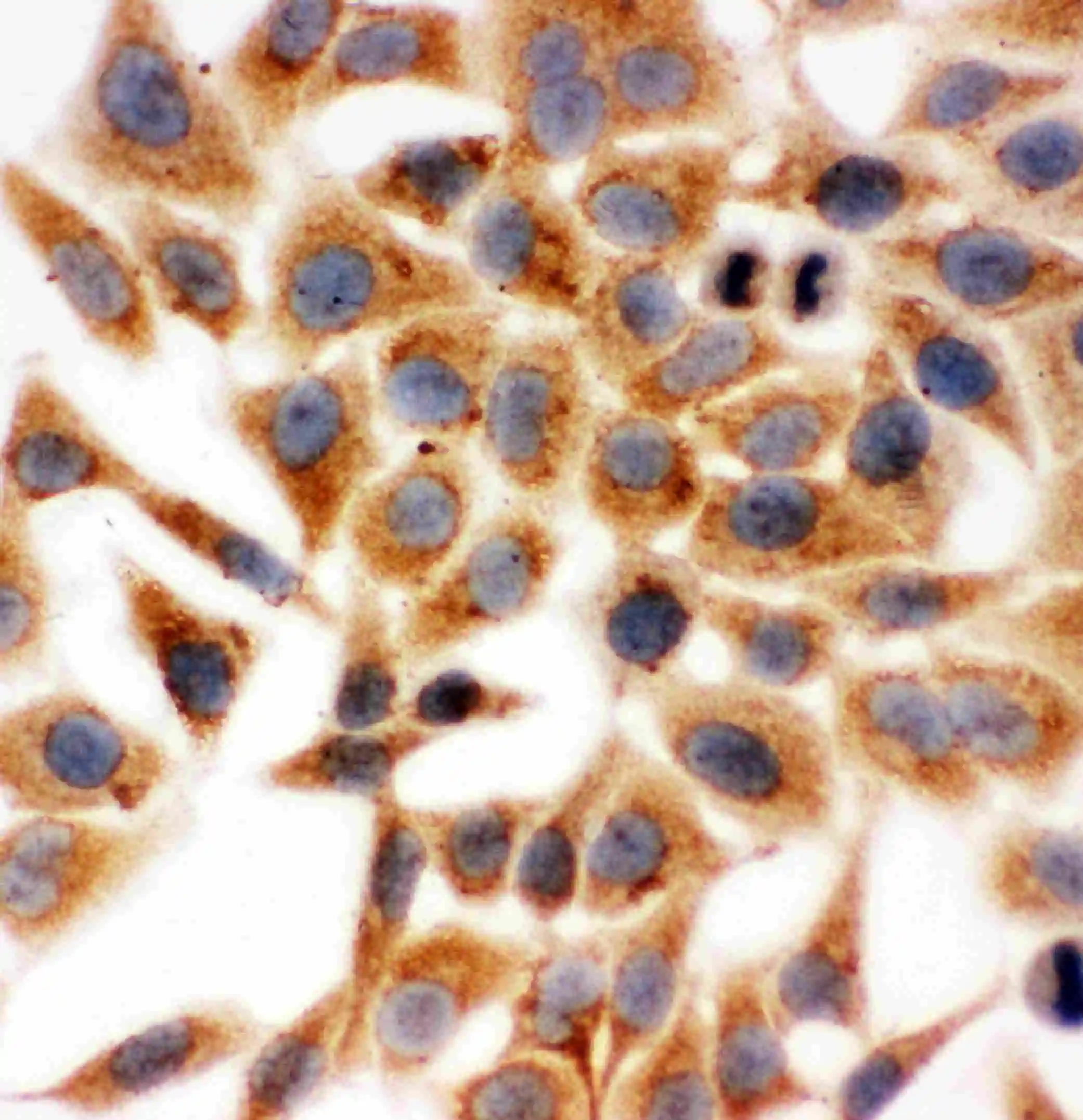
ICC/IF analysis of HeLa cell using GTX12312 HSD17B1 antibody.
HSD17B1 antibody
GTX12312
ApplicationsImmunoFluorescence, Western Blot, ImmunoCytoChemistry, ImmunoHistoChemistry, ImmunoHistoChemistry Paraffin
Product group Antibodies
TargetHSD17B1
Overview
- SupplierGeneTex
- Product NameHSD17B1 antibody
- Delivery Days Customer9
- Application Supplier NoteWB: 0.1-0.5microg/ml. ICC/IF: 0.5-1microg/ml. IHC-P: 0.5-1microg/ml. *Optimal dilutions/concentrations should be determined by the researcher.Not tested in other applications.
- ApplicationsImmunoFluorescence, Western Blot, ImmunoCytoChemistry, ImmunoHistoChemistry, ImmunoHistoChemistry Paraffin
- CertificationResearch Use Only
- ClonalityPolyclonal
- Concentration500 ug/ml
- ConjugateUnconjugated
- Gene ID3292
- Target nameHSD17B1
- Target descriptionhydroxysteroid 17-beta dehydrogenase 1
- Target synonyms17-beta-HSD, 20-alpha-HSD, E2DH, EDH17B2, EDHB17, HSD17, SDR28C1, 17-beta-hydroxysteroid dehydrogenase type 1, 17-beta-HSD 1, 20 alpha-hydroxysteroid dehydrogenase, estradiol 17-beta-dehydrogenase 1, placental 17-beta-hydroxysteroid dehydrogenase, short chain dehydrogenase/reductase family 28C member 1, short chain dehydrogenase/reductase family 28CE, member 1
- HostRabbit
- IsotypeIgG
- Protein IDP14061
- Protein Name17-beta-hydroxysteroid dehydrogenase type 1
- Scientific DescriptionThis gene encodes a member of the 17beta-hydroxysteroid dehydrogenase family of short-chain dehydrogenases/reductases. It has a dual function in estrogen activation and androgen inactivation and plays a major role in establishing the estrogen E2 concentration gradient between serum and peripheral tissues. The encoded protein catalyzes the last step in estrogen activation, using NADPH to convert estrogens E1 and E2 and androgens like 4-androstenedione, to testosterone. It has an N-terminal short-chain dehydrogenase domain with a cofactor binding site, and a narrow, hydrophobic C-terminal domain with a steroid substrate binding site. This gene is expressed primarily in the placenta and ovarian granulosa cells, and to a lesser extent, in the endometrium, adipose tissue, and prostate. Polymorphisms in this gene have been linked to breast and prostate cancer. A pseudogene of this gene has been identified. Alternative splicing results in multiple transcript variants. [provided by RefSeq, Sep 2016]
- Storage Instruction-20°C or -80°C,2°C to 8°C
- UNSPSC12352203

